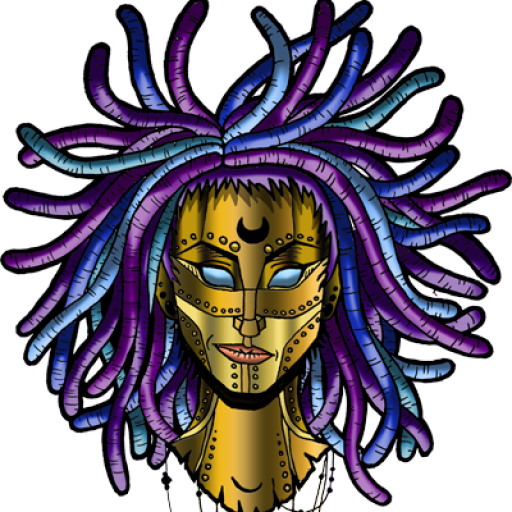
Felting, although sometimes used as a way to help maintain dreadlocks, originally has been used as a way to create felt from wool. The specialized felting needle has small, sharp barbs down its entire length. The needle is poked rapidly in and out of unspun wool to stack and knot the fibers together to create a firm, knotted textile called felt. Theoretically using a felting needle can be used on hair as it would be used on unspun wool to tighten dreadlocks similarly to the way a crochet hook does.
We DO NOT recommend felting. Although, it can be used relatively safely on MATURE dreads VERY sparingly and only to remove un-wanted bumps, loops, and zig-zags. You should NOT, however, in any case EVER be used to TIGHTEN your dreadlocks. The barbs on felting needles inevitably break quite a few hairs while being inserted in and pulled out of the dread, and extensive use can cause SERIOUS breakage, i.e. losing whole dreads. Felting should be totally avoided if possible. For the same reason that crocheting can affect the overall tensile strength of the dreadlock, felting does it more so.
WeIl, personally, don’t use (or recommend) felting so I don’t have a video about it, but here is a link to the video Knotty Jonny Clean from DreadHeadHQ made about how to use the Lock Docta, which is basically a felting needle.
Something that many people will do using a felting needle also is to cover their locks with wool to add funky colors to their locks. I am uncertain about how this affects the health and strength of dreadlocks as it has the same affect with or without the wool added. A safer option is to purchase whole wool roving dreadlock extensions and affix them to your locks with rubber bands if this is something you think you might be interested in. Check out the Links page for online stores where you can (custom) order wool dreadlocks for this purpose.
